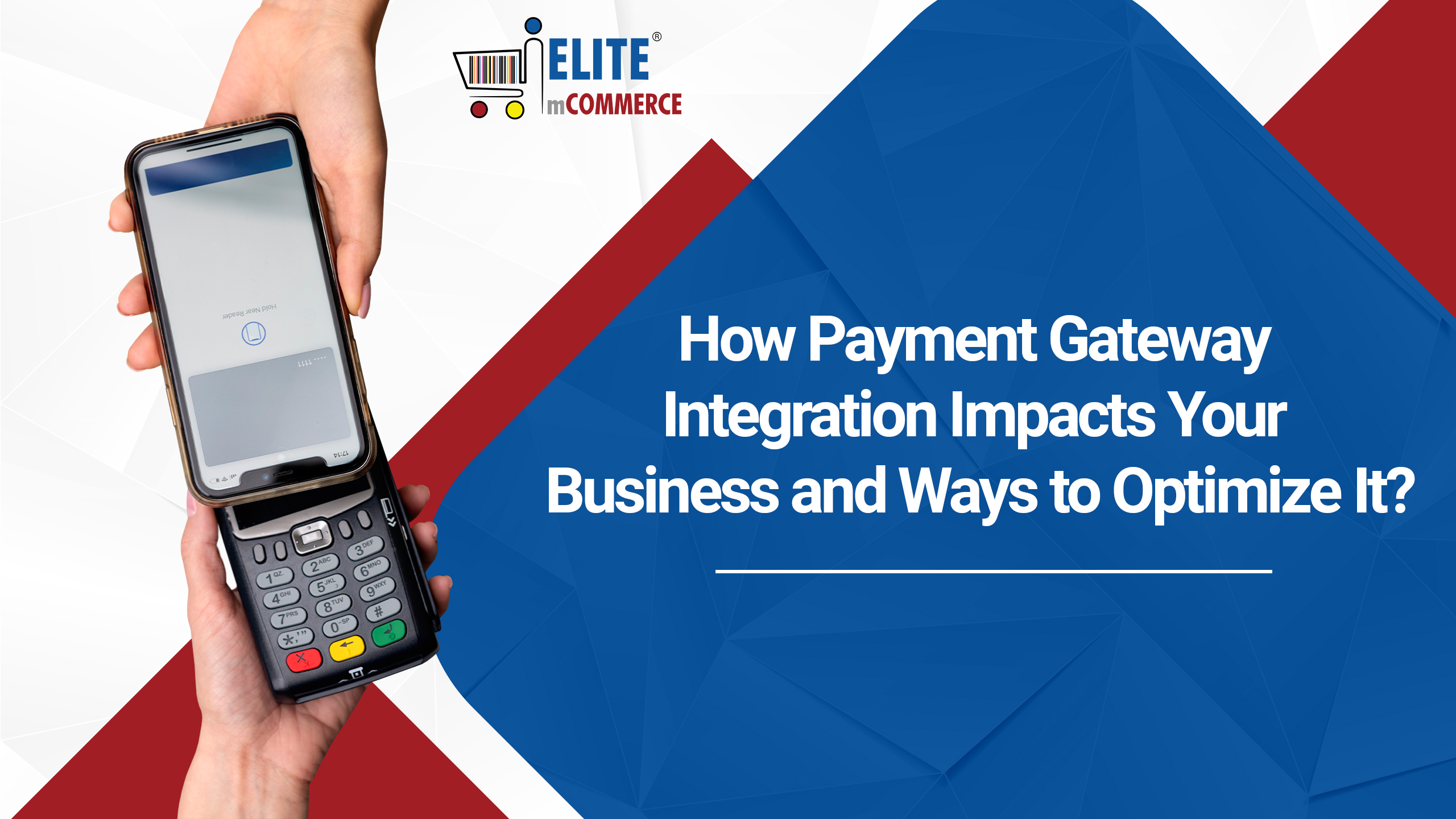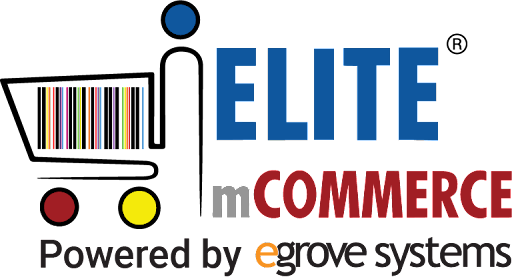People are becoming more aware of the different forms of digital payments and have shown interest in learning about multiple payment methods, their uses, and their benefits. The Buy Now, Pay Later scheme and cryptocurrency, for example, have become mainstream in the United States.
There’s no denying that the shift towards the digital world has brought a massive change in people’s lives. From healthcare to banking, nearly every industry has witnessed a transformation in the way they operate. The payment industry, in particular, has been revolutionized. With dozens of payment options available today, customers are spoiled for choice. We barely see a physical or online store accepting cash or card-only transactions today.
Still, there’s untapped potential in the industry. In this post, we’ve discussed how many opportunities in the digital payment sector can bring significant transformation to the B2B, B2C, and international markets.
The Current Status of the Digital Payment
A 2023 report by Forrester shows that 69% of American adults have used some form of digital payment over three months. Although many forms of digital payments have emerged, credit and debit cards still remain the most commonly used payment methods in America. Many people stick to cash-based payments.
A study conducted by Oberlo reveals that 37% of all online transactions involve digital wallets. This percentage is likely to increase to 52% by 2027. Credit cards were the second most commonly used payment form for online transactions.
Among the many digital wallets, PayPal stands out as the most preferred form of payment. A whopping 70% of the population using digital wallets choose PayPal. Although digital wallets have been around for a long time, they didn’t gain as much popularity before or after the COVID-19 pandemic.
It has indeed brought about a major shift in customers’ preferred modes of payment. Earlier, credit cards were considered the most reliable, efficient, and cost-effective option for physical and online purchases. However, with the growing need for cashless and contactless payments, people started to use phone-based payment options that required just email, phone number, or QR code scanning to transfer money.
Untapped Potential of Digital Payment
The above-listed statistics show an increased interest in the adoption of digital wallets and trending payment methods, such as cryptocurrencies and BNPL schemes. There still remains significant untapped potential, which can further transform this sector.
Adoption of a digital wallet
Despite their increasing popularity, not every customer in America has fully embraced or switched to digital wallets. However, some studies show that mobile wallets will become the leading form of payment in 2024. Thanks to the convenience and security features, people will prefer PayPal, Apple Pay, Google Pay, and other digital wallets that require a smartphone and a stable internet connection. There’s no need to bring your card and cash to every physical store.
Digital wallets are safer than conventional payment methods because of their convenience and advanced security features. Fingerprint locks and facial recognition features, for instance, give customers a sense of security about their payments. There’s no risk of your money getting stolen or someone stealing your card data.
The Adoption of Buy Now, Pay Later (BNPL) Transactions
Buy Now, Pay Later has transformed the credit card world. The scheme allows customers to buy goods on credit and spread the cost of their purchase over multiple installments. The biggest advantage is that this payment method comes with minimal or no interest, making it a cost-effective choice for customers who otherwise can’t afford an expensive product.
The benefit of BNPL for retailers is the increased sales and revenue. Since more customers can afford luxury items, retailers can expect a surge in their revenue, given that they offer BNPL payments.
Sadly, not every shop in the US has embraced this payment form. Small retailers, specifically, face challenges in their everyday cash flow. Allowing BNPL means they won’t get the entire payment upfront, making it difficult for the retailer to meet operating expenses.
Combining contactless payment with the Internet of Things (IoT)
Most retailers and eCommerce store owners have integrated digital payments into their accepted transaction options. They have seen a significant improvement in customers’ shopping experience, their conversion and engagement rate, and repeat purchases.
What we are expecting to become a trend in the coming years is IoT-enabled digital payments. Think about a smart refrigerator that’s designed to reorder groceries and make payments automatically. Or a washing machine that orders detergent as soon as you run out of it.
Digital Payment and Wearable Devices
The digital payment world has reached a point where holding your wrist near the payment terminal is all that’s needed to make a payment. You don’t even need to unlock your smartphone.
Wearable devices, like a smartwatch, have uses that go beyond fitness tracking. You can use them to make NFC-based payments. It’s as simple as bringing the smartwatch close to the NFC-enabled device, and there you go!
You can link your device to your Google Pay, Apple Pay, and other digital wallets. At the time of checkout, you need to sign into your payment wallet and hold the device in front of the POS terminal. Some wearable devices have their own payment service, such as Garmin Pay. This eliminates the need to link the device to digital wallets.
Cryptocurrency for Digital Payments
Cryptocurrency is a decentralized currency independent of any government entity. Despite its high-security profile and lower fees compared to traditional payments, it’s not as widely accepted as digital wallets and other digital payment methods. Not every store in the US accepts cryptocurrency.
In fact, most small retailers are unaware of technology and its impact in the digital world. That said, many high-end stores offer different cryptocurrencies to offer customers a greater variety of choices for online payment.
It’s hard to predict the future of the digital payment industry. However, as people demand different payment options, businesses are adapting to the varying technologies to provide customers with a frictionless shopping and transaction experience.









Add comment